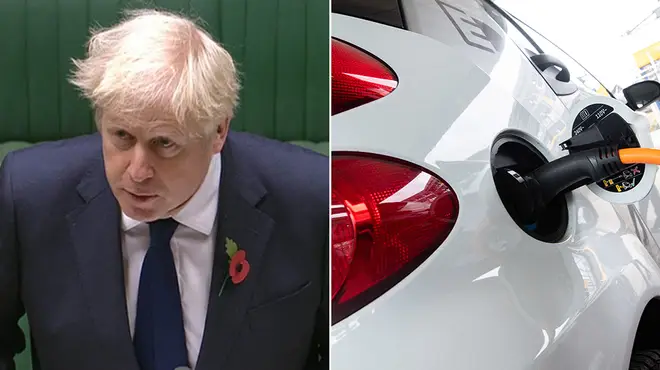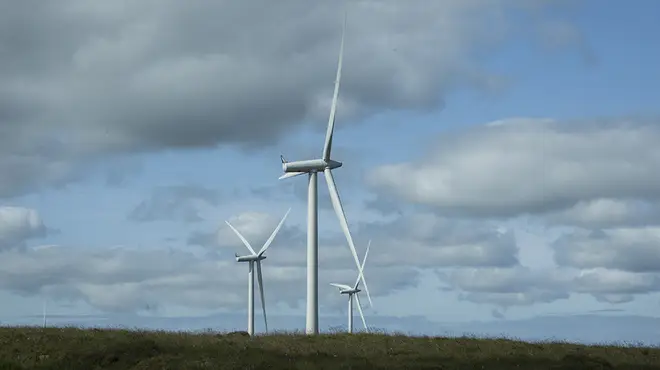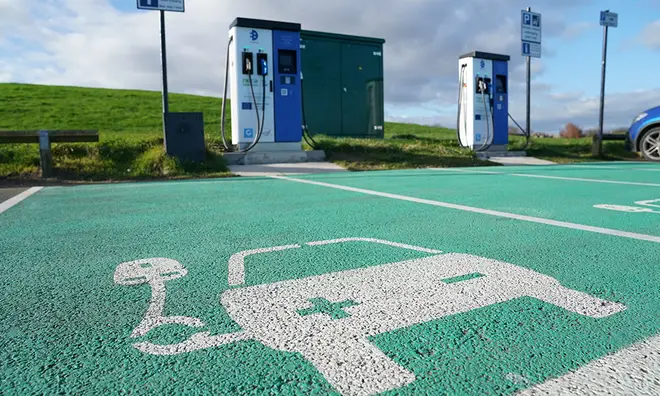
Nick Abbot 10pm - 1am
18 November 2020, 11:09 | Updated: 18 November 2020, 11:38

The government and Boris Johnson have unveiled a new plan to help climate change with the biggest announcement being the acceleration of the transition to electric cars by 2030.
Boris Johnson and the government have officially outlined their 10 Point Plan to help tackle climate change in the UK.
From an advanced plan of rolling out electric cars in 2030, 10 years earlier than planned, to adding in more wind farms and transforming public transport - the Prime Minister hopes to eradicate the UK’s contribution to climate change by 2050.
Boris has also hoped his ten point plan for a green industrial revolution will create and support 250,000 British jobs.
What time is Prime Minister's Questions and will Boris Johnson appear virtually?
So what is the 10 Point Plan? Here’s how Boris Johnson and the government hope to tackle climate change:

1. Offshore wind: The government has spoken before about producing enough offshore wind to power every home in the UK. The aim is to quadruple how much power is produced by 2030.
2. Hydrogen: A cleaner alternative to fossil fuels, there are plans to generate 5GW by 2013 to help make greener choices in transport, power and homes.
There is also a goal of developing the first town heated entirely by hydrogen.
3. Nuclear: Boris and the government want to continue with the idea of advancing nuclear as a clean energy source despite it proving quite costly.
4. Electric vehicles: The transition of petrol and diesel cars to electric will be accelerated within the next ten years proving the biggest talking point for the UK from this 10-point plan.


End of the road for petrol cars: Peugeot director talks electric cars
5. Public transport: Not only will buses become more environmentally friendly, but they plan to make walking and cycling the most attractive way to travel.
6. Jet Zero and greener maritime: To help develop a reduced-emissions approach to flights and boats. Electric planes and ferries are in the process of development but the bigger questions comes with long-haul travel.
7. Homes and public buildings: Homes account for around one-fifth of carbon dioxide emissions so the plan is to make homes, schools and hospitals greener, warmer and more energy efficient.
8. Carbon capture: The idea of capturing harmful emissions pumped out and storing it away from the atmosphere.
9. Nature: Paying special attentional to our natural environment and planting 30,000 hectares of trees every year.
10. Innovation and finance: The plan to develop the technology for the points above and how to finance them.